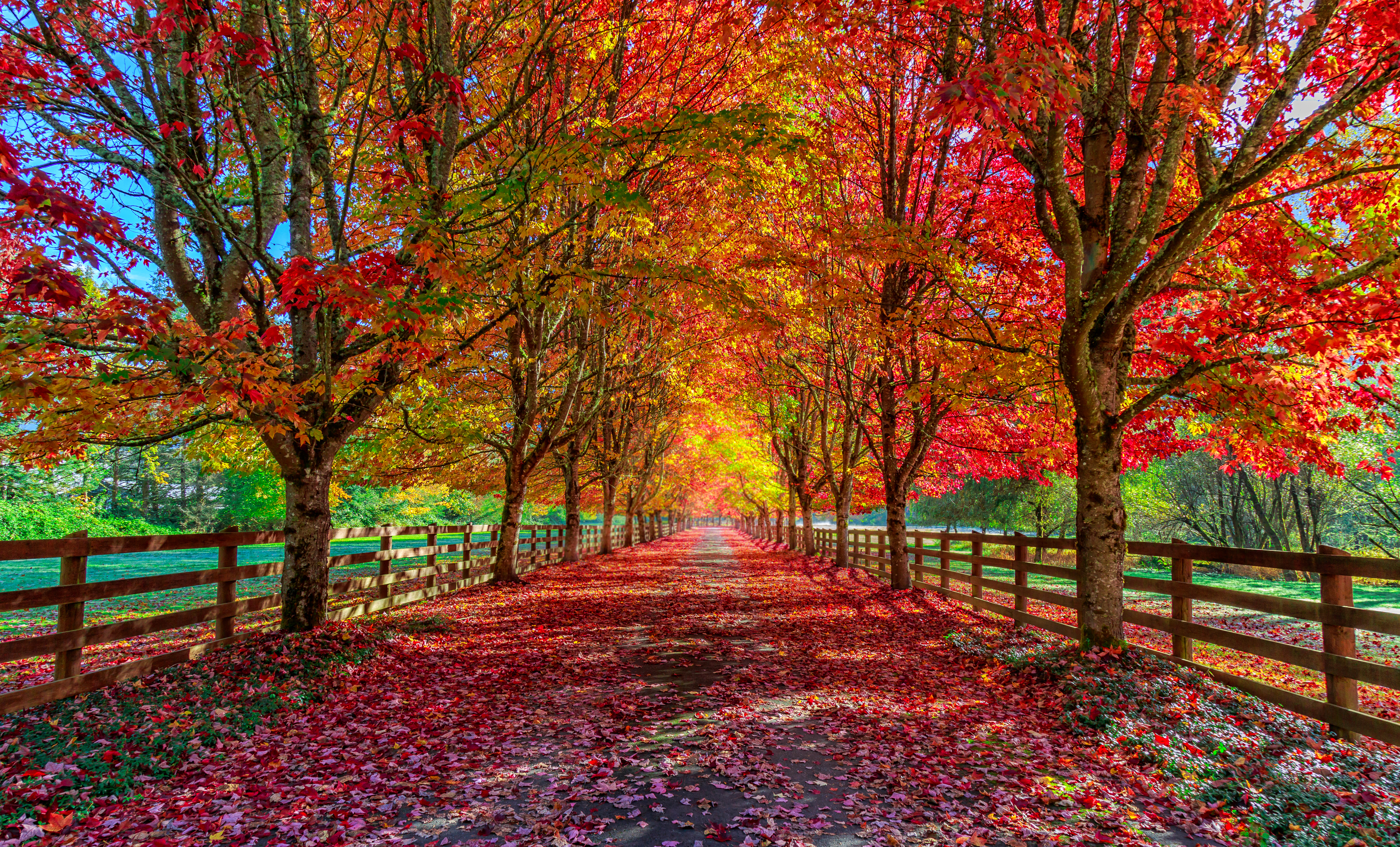
Vocabulary
I will read the words, meanings, and sample sentences. Then, repeat after me.
- fiery /FAHY-uh-ree/
- gloomy /GLOO-mee/
- cherish /CHER-ish/
- ritual /RICH-oo-uhl/
- quest /kwest/
[adjective] – bright red, like fire
My family and I enjoyed the fiery sunset by the beach.
[adjective] – dark in a way that is unpleasant and makes it difficult to see
The gloomy weather isn’t getting any better.
[verb] – to keep hopes, memories, or ideas in your mind because they are important to you and bring you pleasure
We cherish all of our precious grandmother’s memories.
[noun] – a way of doing something in which the same actions are done in the same way every time
As part of my morning ritual, I read the newspaper while drinking coffee.
[noun] – a long search for something that is difficult to find
He crossed continents in his quest for adventure.
Article reading
Please read the whole article. Then, I will check your pronunciation and intonation.
Autumn is the most vivid season in Japan. Beautiful reds and yellows are used to color the mountains. Golden ginkgo trees cover the tree-lined pathways, while maple trees turn a fiery crimson. Simply going around and seeing the hues of the trees will allow you to experience autumn in full depth.
The name of this custom is momijigari, or “autumn-leaf hunting”. The word “gari” directly translates as “hunting” but you won’t be chopping off branches and bringing them home. Simply taking in and admiring nature’s beauty is part of this hunt. Japan is claimed to have 1,200 different species of trees. Each of the four seasons causes a noticeable shift in their appearance. Mountain trees, which are typically green in the summer, display their own distinctive colors in the fall. As they enjoy the warm red and yellow trees before the gloomy, icy winter, many Japanese people cherish the unique ritual of momijigari. The higher north you go, the more famous sites for fall leaves in Japan you will find. And the colder the area gets, the more brilliant the leaves get. The color of the leaf is typically at its most vibrant where it is exposed to the sun, while the shaded portions normally undergo color change later. In general, early November to early December in Japan is when you can see the most autumnal foliage.
Momijigari, or the quest for autumn leaves itself, is a Japanese custom that values the environment. Experience the distinct fragility of Japan’s seasons as the fall leaves change, and take in the colors of the mountains and trees. Why not go leaf-hunting for yourself this fall?
The name of this custom is momijigari, or “autumn-leaf hunting”. The word “gari” directly translates as “hunting” but you won’t be chopping off branches and bringing them home. Simply taking in and admiring nature’s beauty is part of this hunt. Japan is claimed to have 1,200 different species of trees. Each of the four seasons causes a noticeable shift in their appearance. Mountain trees, which are typically green in the summer, display their own distinctive colors in the fall. As they enjoy the warm red and yellow trees before the gloomy, icy winter, many Japanese people cherish the unique ritual of momijigari. The higher north you go, the more famous sites for fall leaves in Japan you will find. And the colder the area gets, the more brilliant the leaves get. The color of the leaf is typically at its most vibrant where it is exposed to the sun, while the shaded portions normally undergo color change later. In general, early November to early December in Japan is when you can see the most autumnal foliage.
Momijigari, or the quest for autumn leaves itself, is a Japanese custom that values the environment. Experience the distinct fragility of Japan’s seasons as the fall leaves change, and take in the colors of the mountains and trees. Why not go leaf-hunting for yourself this fall?
Discussion Questions
I will read each question. Then, please answer them.
- In American and Canadian culture, people talk about what they are thankful for in autumn. What are you grateful for?
- Where is the best place to view the changing colors of the leaves where you live?
- Will you go autumn-leaf hunting this year? Where do you plan to go?
- Do you think Momijigari varies from one place to another?
- Should the custom of Momijigari be carried over to the generations to come? Why?
Summarization
Please summarize the whole article using your own words and expressions. You will have one minute to prepare before you answer.
Describe
Please explain the definition of each word listed below based on your understanding. You can provide example sentences if needed.
- vivid
- species
- noticeable
- undergo
- fragility